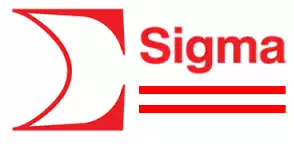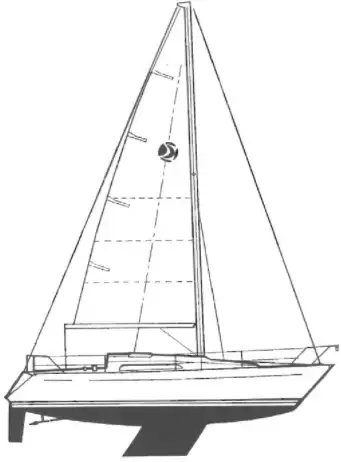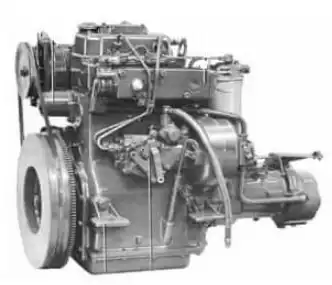

Sigma Yachts – A Short History
Sigma Yachts was established in the late 1970s as a marketing division of Marine Projects Ltd. Marine Projects had been building Moody Yachts but wanted to gain a presence in the lucrative cruiser racer / one design market that was evolving at the time. Their first model was a 10 meter design, penned by David Thomas. The Sigma 33 began production in 1978 which went on to prove itself in the notorious Fastnet race of 1979.
Sigma went on to enjoy similar similar success with their 36 (including the 362), 38 and 42 ranges.
Sigma 33: Originally Powered by a Volvo Penta MD7A Marine Diesel Engine
The Sigma 33 was originally designed by David Thomas to be a fast cruiser racer and originally was a candidate to become an Offshore One Design racer. The early models powered by a 13hp Volvo Penta MD7A marine diesel engine. Volvo Penta discontinued the MD7A range in 1983, and later hulls were supplied with the Volvo Penta 2002 which increased power to 18hp. With either engine, the sleek IOR influenced hull creates little drag and the boat moves well under power.

| Dates of Sigma 33 Production | 1979 – 1991 |
| Sigma 33 LOA | 32.50 ft (9.91 m) |
| Sigma 33 LWL | 26.25 ft (8.00 m) |
| Sigma 33 Weight | 9200 lb (4173 kg) |
| Sigma 33 Original Diesel Engine (1979 – 1983) | Volvo Penta MD7A |
| Sigma 33 Original Diesel Engine (1983 – 1991) | Volvo Penta 2002 |
| MD7A Power Output | Twin-cylinder diesel, 13.4 hp @2600 rpm |
| VP 2002 Power Output | Twin-cylinder diesel, 18 hp @3200 rpm |
| Drive | Shaft (with folding prop) |

Sigma 33 Repower Options
Note: If your Sigma 33 is to remain OOD class compliant, you must observe the class rules relating to the power unit, included below for reference.
- 14 Engine and Stern Gear
- 14.1 The engine model and location shall be agreed from time to time by the Class Association and Designer. Its weight and weight distribution (whether by using corrector weights or not) shall not change from those of the Volvo Penta MD7A marine diesel engine of minimum weight 166 kg originally fitted.
- 14.2 A propeller and stern gear shall befitted as in the Approved Plan. The minimum propeller diameter shall be 380mm, minimum blade width 90mm and projected propeller hub diameter shall not be less than 60 mm.
- 14.3 The Class Association shall be kept informed of any proposed change in engine specification that might affect weight, position or stern gear dimensions.
- 14.4 A rigid fuel tank of minimum capacity 68 litres (approx. 15 galls) shall be fitted.
It’s tempting, when repowering an old boat, to put in a larger engine. Bear in mind, though, that due to hull speed constraints, you probably won’t increase you final cruising speed (in low winds at least). Also, marine diesels generally last longer when they are run close to their maximum power output. So, repowering with a larger engine and then running at, say, 50% power for much of the time is not a good plan.
That said, many Sigma 33s have been repowered with 18-20hp engines and these engines work very well for both steaming and motor-sailing. I have seen at least one Sigma 33 with a Volvo Penta D3 30hp and it would be difficult to convince me that this was not too big an engine for such a sleek and easily moved hull.
Also, as the Sigma 33 is often used as a racer, weight should be a consideration. In fact, staying within the 166 kg mentioned in the class rules will be important to many owners. So, that said, what are the best modern re-power options for this sailboat? Here are a few currently available engines worth considering.
| Engine | Power | Dry Weight |
|---|---|---|
| Yanmar 2YM15 | 14 hp @ 3,600 rpm | 103 kg (w/o gear) |
| Beta 14 | 13.5 hp @ 3,600 rpm | 90 kg (w/o gear) |
| Yanmar 3YM20 | 21 hp @ 3,600 rpm | 110 kg (w/o gear) |
| Beta 16 | 16 hp @ 3,600 rpm | 95 kg (w/o gear) |
| Volvo Penta D1-20 | 18.8 hp @ 3,200 rpm | 132 kg (with gear) |
